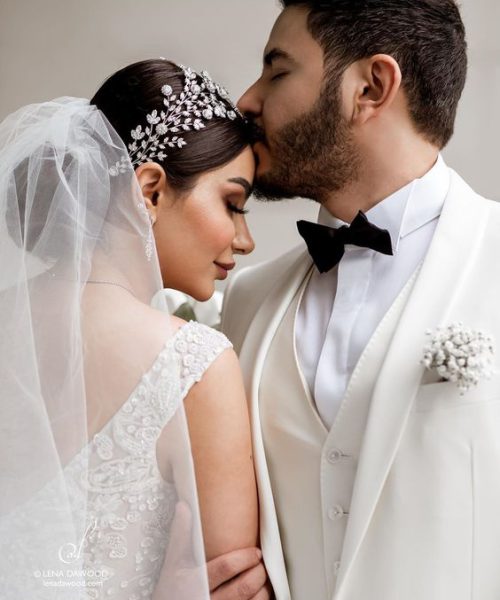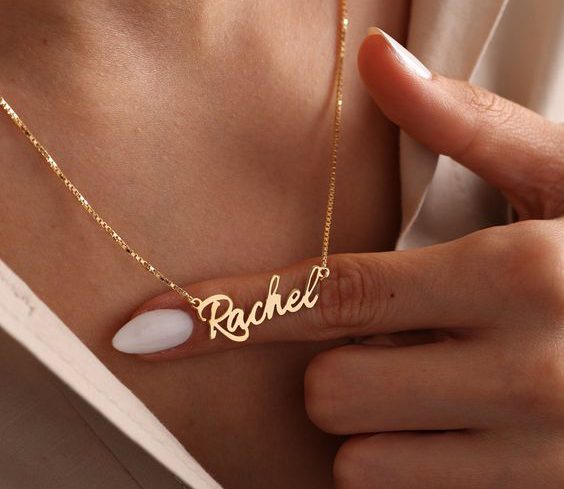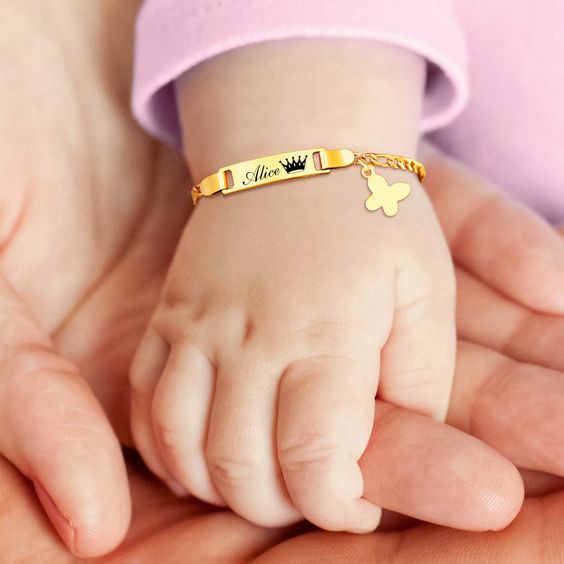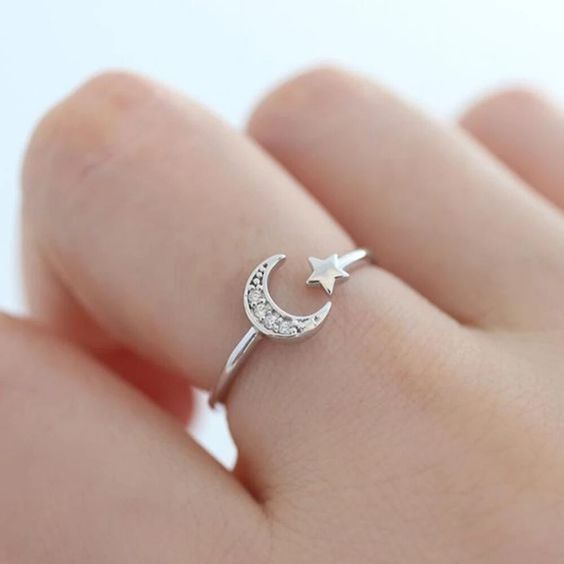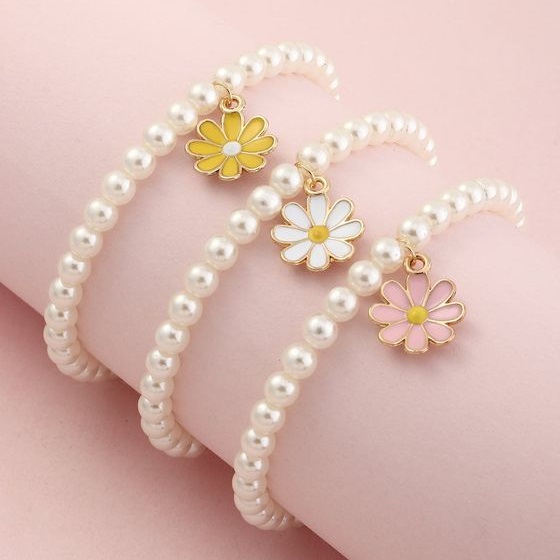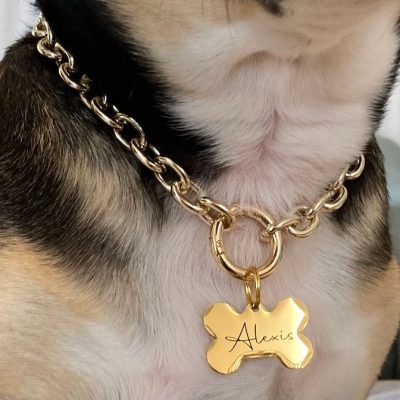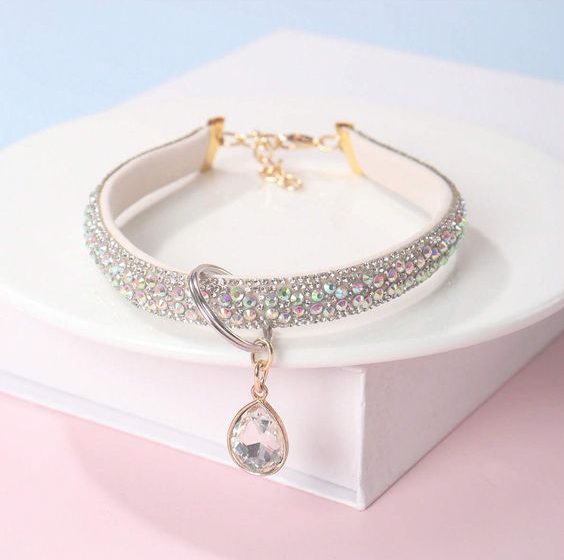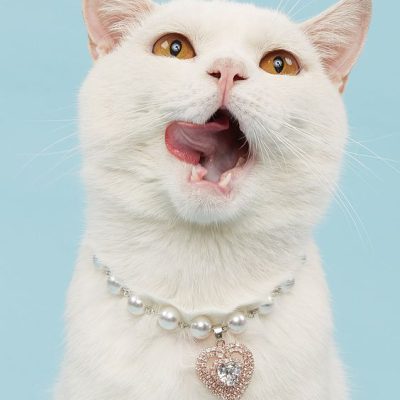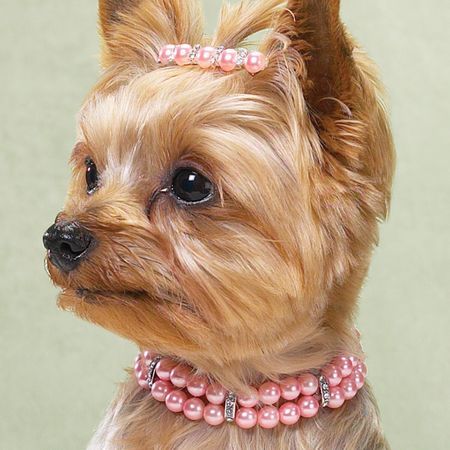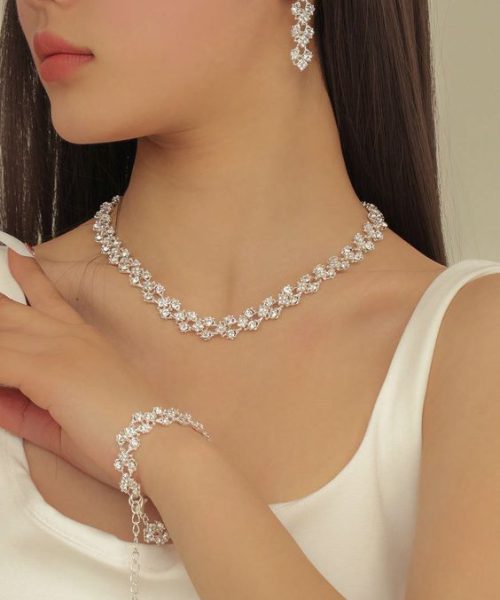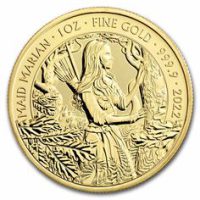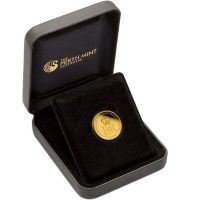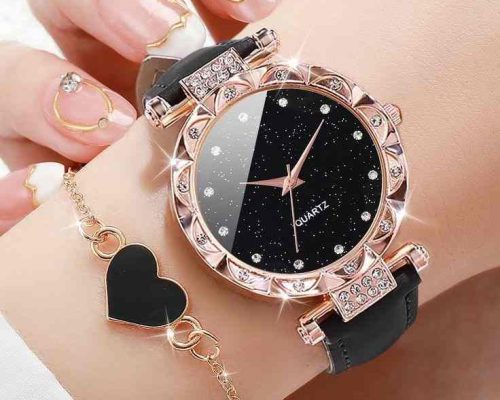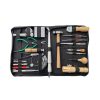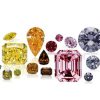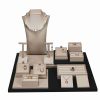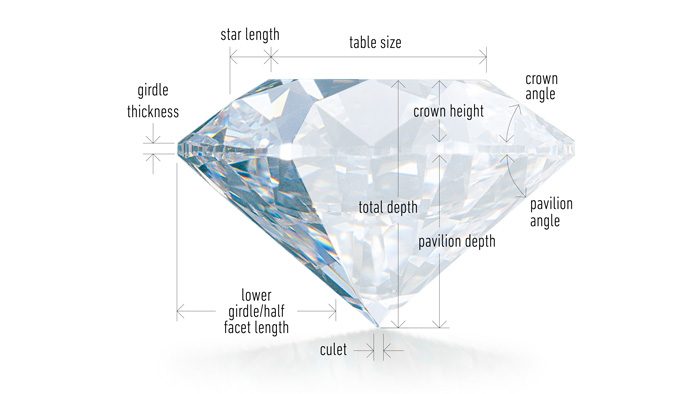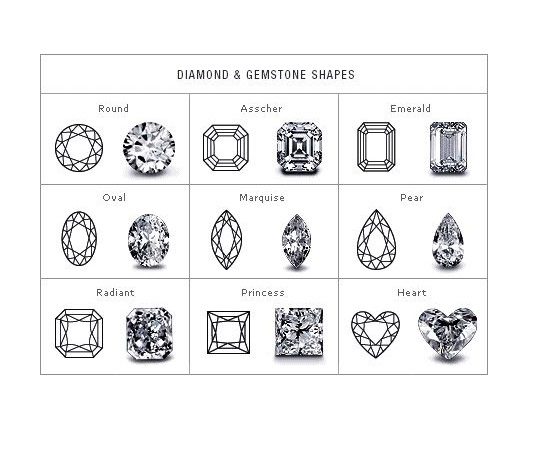Page table of contents
Introduction
A diamond cut is a style or layout manual used whilst shaping a diamond for sharpening including the brilliant cut. Cut does now no longer refer to shape (pear, oval), however the symmetry, proportioning and varnish of a diamond. The cut of a diamond substantially influences a diamond’s brilliance; this indicates if it is cut poorly, it is going to be much less luminous.
In order to first-class use a diamond gemstone’s fabric properties, some of different diamond cuts had been evolved. A diamond cut constitutes a greater or much less symmetrical association of facets, which collectively adjust the shape and look of a diamond crystal. Diamond cutters have to don’t forget numerous factors, including the shape and length of the crystal, whilst selecting a cut. The sensible records of diamond cuts may be traced returned to the Middle Ages, even as their theoretical foundation became now no longer evolved till the flip of the 20 th century. Design, introduction and innovation preserve to the existing day: new technology—drastically laser cutting and computer-aided layout—has enabled the improvement of cuts whose complexity, optical performance, and waste discount had been hitherto unthinkable.
diamond Cut
Cut first-class is the element that fuels a diamond’s fire, sparkle and brilliance. The attraction and splendor of a precise diamond relies upon extra on cut first-class than something else.
The GIA Diamond Cut Grading System for popular spherical brilliants with inside the D-to-Z colour variety is primarily based totally at the evaluation of 7 additives. The first three — brightness (the overall mild meditated from a diamond), fire (the dispersion of mild into the colours of the spectrum), and scintillation (the sample of mild and darkish regions and the flashes of mild, or sparkle, while a diamond is moved) — are look-primarily based totally aspects. The ultimate four — weight ratio, durability, polish, and symmetry — are associated with a diamond’s layout and craftsmanship.
In GIA’s system, every aspect is classed individually, considering the relative significance of that aspect with inside the overall cut first-class of the diamond. Each cut grade, primarily based totally on a relative scale from Excellent to Poor, represents a number percentage units and face-up appearances. There are many one of a kind percentage units that produce appealing diamonds.For example, have a take a observe a aspect view of the usual spherical brilliant. The principal additives, from pinnacle to bottom, are the crown, girdle and pavilion. A spherical brilliant cut diamond has fifty seven or fifty eight aspects, the 58th being a tiny flat side at the lowest of the pavilion that’s referred to as the culet. The large, flat side at the pinnacle is the desk. The proportions of a diamond check with the relationships among desk size, crown attitude and pavilion depth. It is vital to notice that a huge variety of percentage combos are possible, and those in the long run have an effect on the stone’s interplay with mild and the way appealing the diamond is to the individual viewing it.
While it’s miles vital to take into account many additives while assessing the overall cut look and first-class of spherical brilliant diamonds, an individual’s possibilities additionally play a role. Because every cut grade represents a huge variety of percentage units, people have the liberty to pick which precise look they opt for in the grade variety.
The diamond enterprise in addition to the general public can use cut in conjunction with colour, clarity, and carat weight to assist them make extra knowledgeable selections while assessing and buying spherical brilliant diamonds.
Cut VS Shape
People regularly use the words cut and shape interchangeably. They assume of cut as the shape or define of the diamond, in preference to the association of aspects had to create an appealing face-up look.Round is the shape utilized in most diamond jewelry. All different outlines are referred to as fancy shapes. Examples of conventional fancy shapes encompass the marquise, pear and oval. Hearts, triangles and lots of others also are gaining recognition in diamond jewelry.
Diamond Cut Grade Chart
A professional gemologist at the GIA reviews each diamond under magnification to determine the Cut grade. Here are the GIA cut grades for round diamonds:
| Excellent | Excellent Cut Diamonds provide the highest level of fire and brilliance. Because almost all of the incoming light is reflected through the table, the diamond radiates with magnificent sparkle. |
| Very Good | Very Good Cut Diamonds offer exceptional brilliance and fire. A large majority of the entering light reflects through the diamond’s table. To the naked eye, Very Good cut diamonds provide similar sparkle to those of Excellent grade. |
| Good | Good Cut Diamonds showcase brilliance and sparkle, with much of the light reflecting through the table to the viewer’s eye. These diamonds provide beauty at a lower price point. |
| Fair | Fair Cut Diamonds offer little brilliance, as light easily exits through the bottom and sides of the diamond. Diamonds of a Fair Cut may be a satisfactory choice for smaller carats and those acting as side stones. |
| Poor | Poor Cut Diamonds yield nearly no sparkle, brilliance or fire. Entering light escapes from the sides and bottom of the diamond. |
The AGS cut grade chart also includes an Ideal grade. Cut quality is graded by the AGS as Ideal, Excellent, Very Good, Good, Fair or Poor. When looking at AGS diamonds, we recommend only considering Ideal cut diamonds for the best quality.
Leopard is a jewelry manufacturer in Switzerland, Canada, and America. Contact our experts to order your desired jewelry for any memorable event and receive the most beautiful design and best quality jewelry.
























